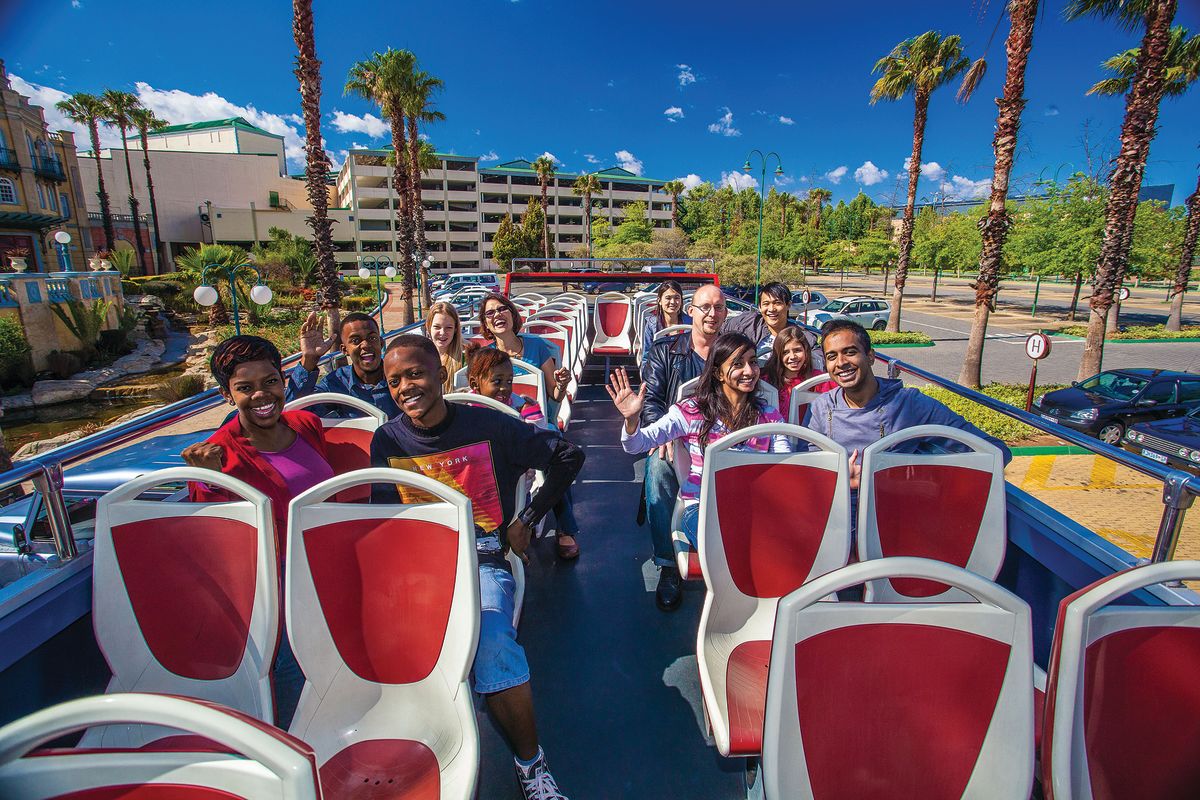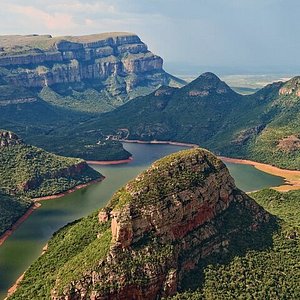A Biased View of Johannesburg North Attractions
A Biased View of Johannesburg North Attractions
Blog Article
Some Of Johannesburg North Attractions
Table of ContentsThe smart Trick of Johannesburg North Attractions That Nobody is Talking AboutExcitement About Johannesburg North AttractionsAbout Johannesburg North AttractionsJohannesburg North Attractions Things To Know Before You Get ThisThe Facts About Johannesburg North Attractions UncoveredJohannesburg North Attractions Fundamentals ExplainedThe Main Principles Of Johannesburg North Attractions
Nevertheless you must keep security in mind and vacationers must continue to be alert in any way times when in unfamiliar surroundings. Talk to the locals when you are in community to learn about the location you are remaining in. Johannesburg North attractions. When on the street (this doesn't apply to shopping center and various other protected settings) ideal general suggestions is to try your best to appear like a neighborhood and to prevent displaying any type of kind of wealth
Getting The Johannesburg North Attractions To Work
Professor Revil Mason O. J. (Thomson, 1946) checked out the Witwatersrand's pre-colonial background. His historical work exploded the 'em pty land' myth, according to which the area was without human habitation before the arrival of European inhabitants. In his publications Prehistory of the Transvaal: A Record of Human Activity (1962) and Origins of Black People of Johannesburg and the Southern Western Central Transvaal AD 3501880 (1986 ), Teacher Mason showed the level of social and financial development in the area before Europeans set foot right here.

The Johannesburg North Attractions Diaries
He showed the government's authorization, given after he had actually testified keep his explorations secret. In 1874, small-scale mining procedures were started in the Magaliesberg, where an Australian, Henry Lewis, had found gold down payments. In 1878, David Wardrop found gold in quartz capillaries at Zwartkop, north of Krugersdorp. In 1881, Stephanus Minnaar stumbled upon gold on the ranch Kromdraai, near the Cradle of Mankind.
In March 1886, a protrusion (quickly to be called the Main Reef) was found, rather fortunately, on Gerhardus Oosthuizen's ranch Langlaagte. Some claim that the Lancastrian coal miner George Pedestrian discovered this reef. One more itinerant English prospector, George Harrison (who had previously functioned in Australian mines) acquired a prospecting permit in regard of Langlaagte in Might 1886.
He determined to go on in a pursuit for greener fields, and disposed of his Langlaagte case for the princely sum of 10. Alas: below lay the richest goldfield ever discovered. The discovery of this rich auriferous reef provoked a gold thrill that signalled completion of agrarian serenity in the southern Transvaal.
It would certainly, within 6 years, come to be the biggest community in southerly Africa. Within a decade, it would make the Z. A. R. until then an anarchical and insolvent little state the richest nation in Africa. By the millenium, the Z. A. R. was to go beyond Russia, Australia and the USA of America to end up being the world's leading gold producer, generating more than a quarter of the world's gold.
The Basic Principles Of Johannesburg North Attractions
It was understood as Ferreira's Camp, called after Colonel Ignatius Ferreira. He was a Boer adventurer upon whom the British authorities had presented the status of Friend of one of the most Identified Order of St Michael and St George (qualifying him to the post-nominal letters C. M. G.) in thankfulness for his role in the battle that had deposed the Pedi king Sekhukhune in 1879.
Quickly the camp was brimming with outdoors tents and wagons as beginners got here daily from far and wide. By September 1886, some 400 individuals resided in Ferreira's Camp, which quickly boasted upraised iron and timber buildings. 2 other camps were developed: Meyer's Camp on the farm Doornfontein, and Paarl Camp. The latter was nicknamed Afrikander Camp; many individuals from the Cape Nest resolved there.

The smart Trick of Johannesburg North Attractions That Nobody is Talking About
This name got currency by word of mouth, such that the State Assistant verified the name to the Mining Commissioner on 9 October 1886. Stands in the town were auctioned on 8 December 1886. While some stands were sold for 10, others were torn down for as little as sixpence.
2 years later, these erven were to transform hands for as long as 750 get redirected here each. The tented camps dwindled as a dorp of corrugated iron structures developed and increased north of the mines located along the Key Reef Roadway. Areas such as Jeppe's Town (where working-class immigrants erected their dwellings) click reference and Doornfontein (where the wealthy new 'Randlords' started to build their opulent houses) were soon contributed to the ever-expanding map of the community.
Johannesburg North Attractions - Questions
Aside from the road names, there were no indicators of Johannesburg being positioned in a Dutch-speaking country. Numerous years later, C. W. Kearns O. J. (one of the very first children registered at St John's College in 1898) would certainly remember: 'A strange fact regarding Johannesburg was that, although it remained in the [Boer Republic], nearly everyone spoke English and even the Government servants dealt with one in English, unless they were very first resolved in the Taal (or Reduced Dutch)'.
Britain had an interest in guaranteeing optimal problems for gold manufacturing on the Witwatersrand, and that the gold was exported to London rather than Berlin a vital rendered all the more clamant by the Z. A. R.'s raising toenadering with Germany. Mine proprietors were on a collision training course with President Kruger, whose policy of monopolistic giving ins (commonly approved to his cronies) avoided mining companies from acquiring products of products (especially dynamite) and work on their very own, cheaper terms
Johannesburg North Attractions Can Be Fun For Everyone
In 1890, the Volksraad had limited the franchise business to white males who my link had lived in the Z. A. R. for fourteen years or longer, therefore invalidating a lot of the immigrants (that took place to be the major contributors to the fiscus). Agitation for the ballot was a simple pretense for promoting a various agenda; many uitlanders regarded themselves as temporary site visitors and had no purpose of continuing to be in the Z.
Report this page